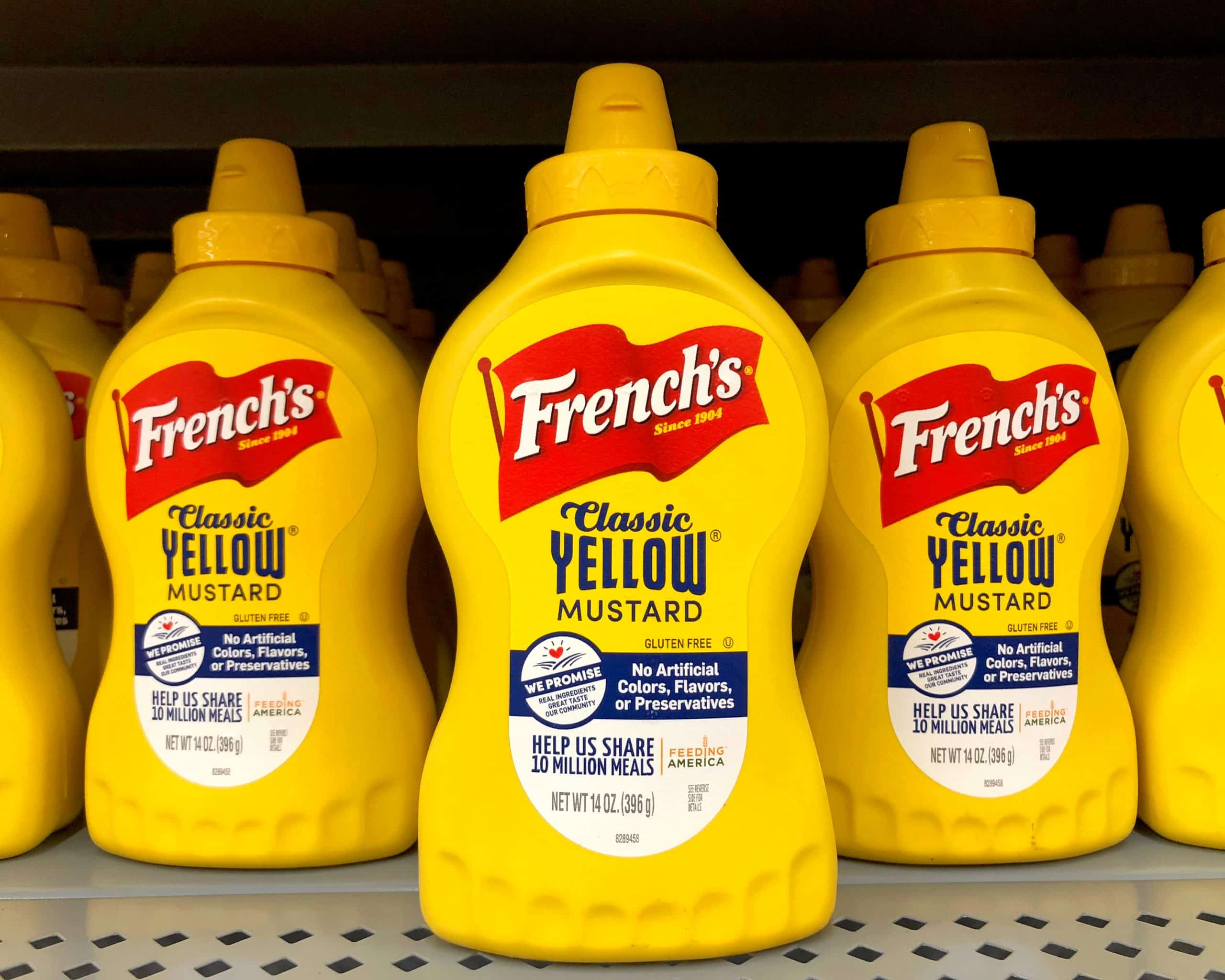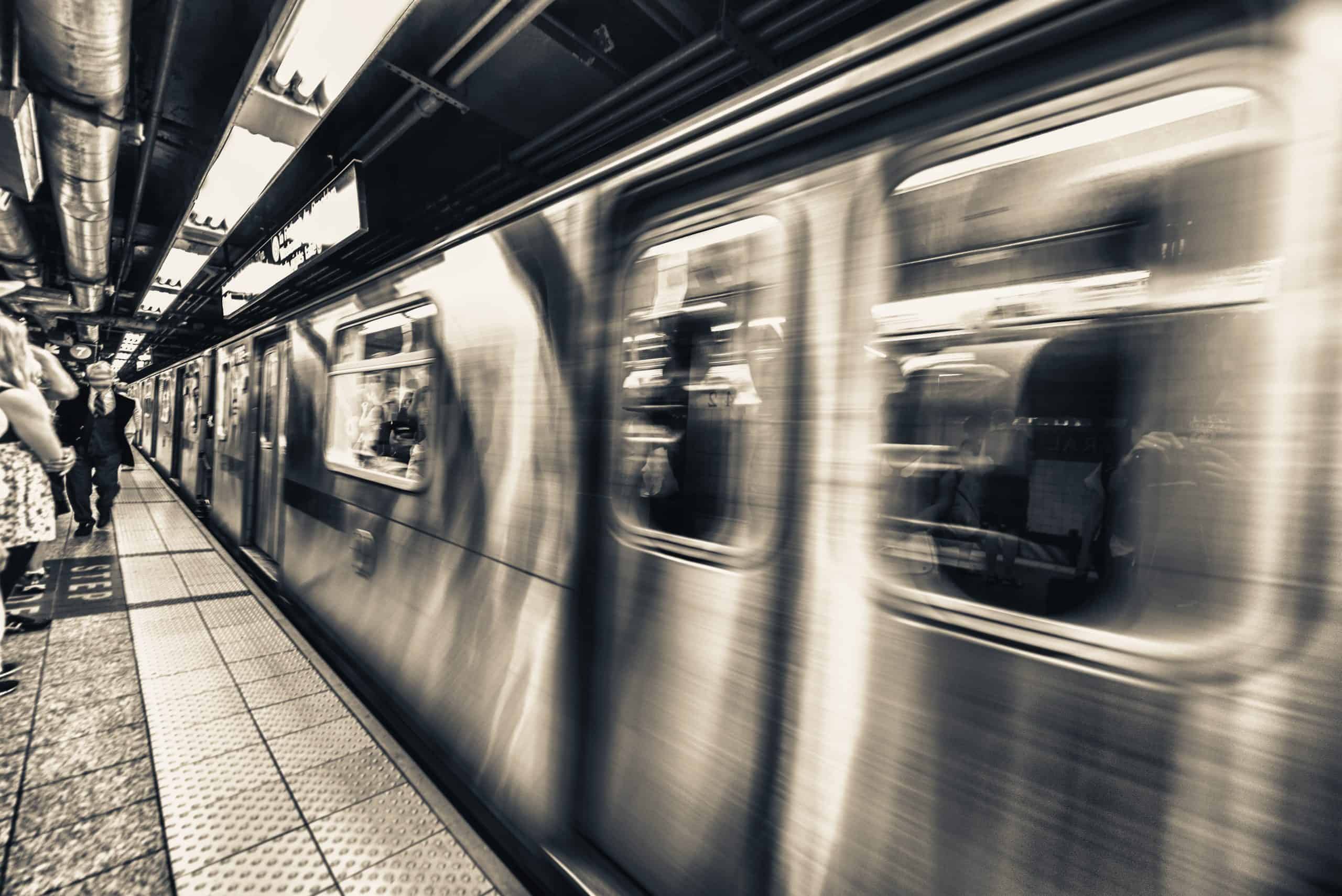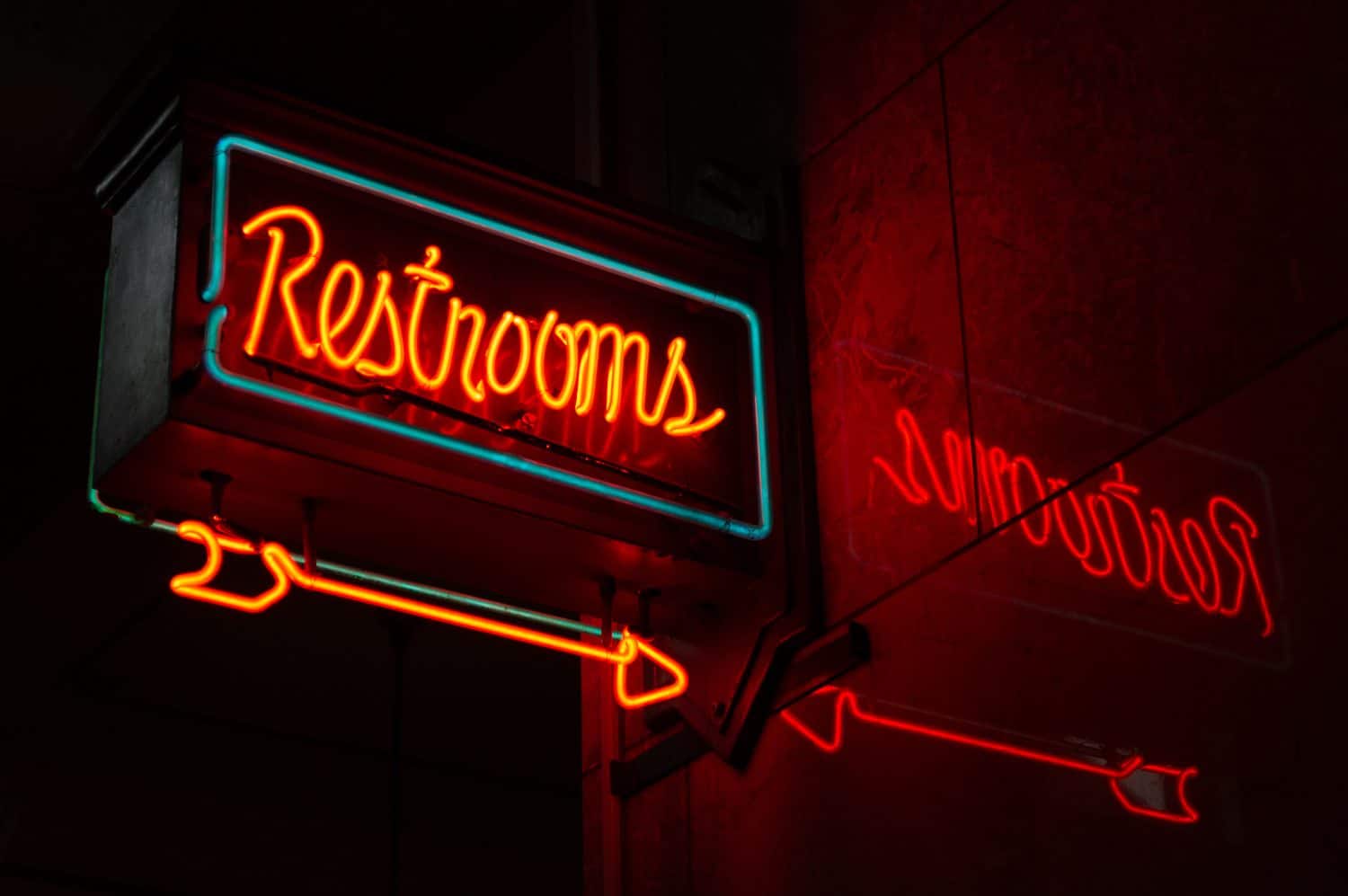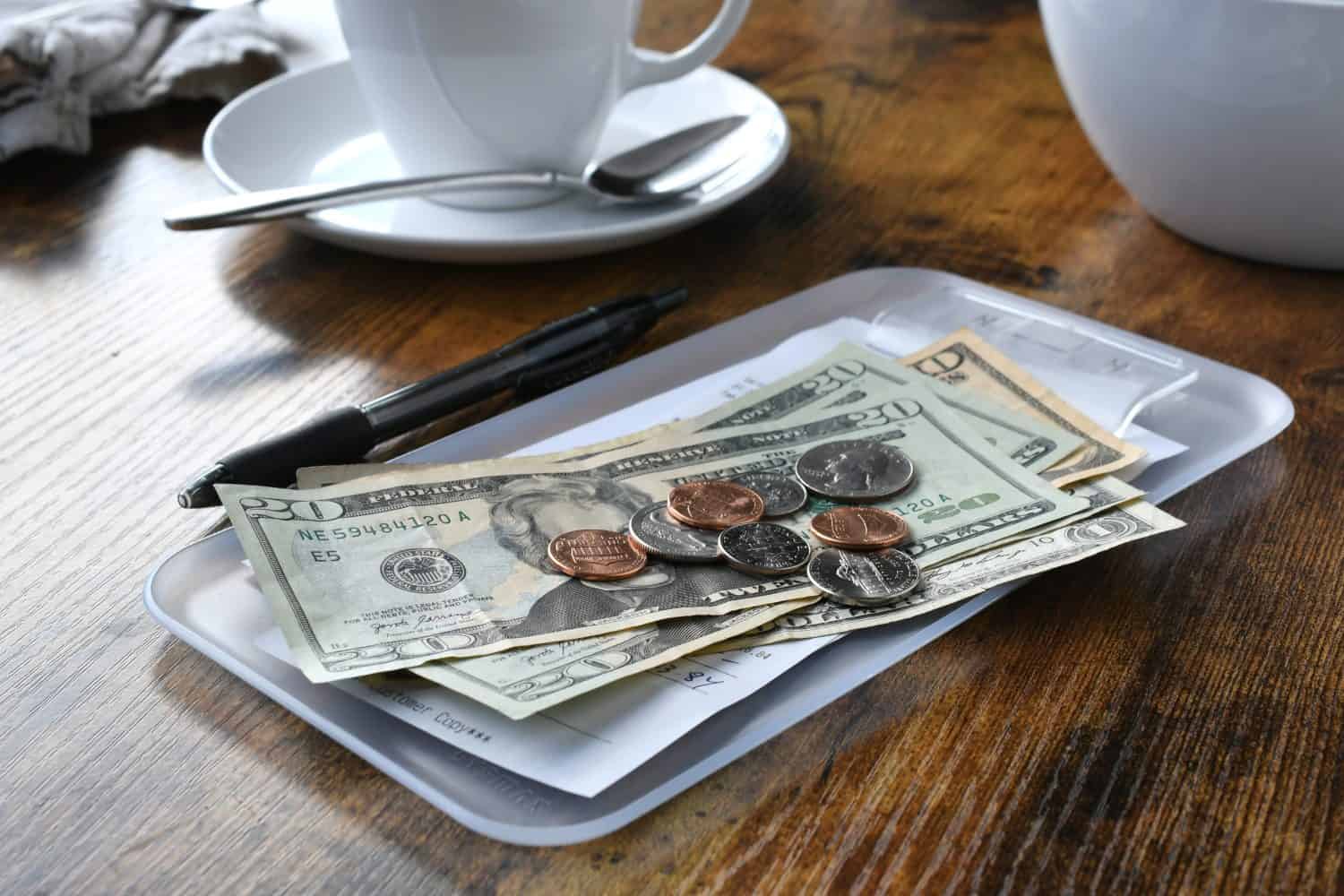Americentrism and American exceptionalism are the biggest roadblocks to progress in the United States. Americentrism is the judging of foreign cultures based on United States cultural standards. It’s expecting other countries to act like we do and harshly judging them for being different than us.
American exceptionalism is the belief that America is unique, distinct, or exemplary compared to other nations. They are very similar and often intertwined beliefs, but ultimately distinct ideologies in the landscape of foreign relations. While this is not to say there is nothing good about America, there are many ways that American society is inefficient, bigoted, and generally backward. Yet a small but loud group of Americans continue to propagate that there are no flaws in American society and culture. Let’s examine ten foreign customs and conveniences that Americans should adopt to better our society.
This list is primarily one of opinion. There are thousands of differences between American society and others worldwide. What one values in a society is going to change based on their personal experiences and opinions. Thus, what some people think we should take from other societies will be different from what we picked. However, we tried to choose things that would have a more universal positive effect than ones that improved only individual comfort. We also tried to choose things that didn’t favor any specific ethnic or religious groups as we felt that went against the spirit of the list. However, it’s important to recognize that this list is an opinion piece, first and foremost.
Universal Healthcare

Male doctor counseling mature patient in waiting room. Medical professional is listening to ill man while holding digital tablet in hospital. They are sitting on seat.
This topic is divisive but it needs to be said. There is an overwhelming belief, particularly among a certain age demographic, that universal healthcare would be somehow detrimental to society. However, let’s look at the actual statistics comparing the state of United States healthcare versus other countries of a comparable economic index.
The U.S. has a higher infant and maternal mortality rate than other countries with comparable economies. Our average lifespan is shorter. We have the highest chronic disease burden. Obesity is twice as prevalent in the United States compared to other countries. The States have the highest rate of avoidable deaths. The Peterson-Kaiser Health System Tracker shows that wait times for healthcare in the U.S. are longer than wait times in countries with universal healthcare. The wait times in America are often inflated by for-profit insurance companies putting red tape around the procedures patients need. Additionally, the U.S. spends twice as much on healthcare compared to other countries with comparable economies. So, statistically, the U.S. citizens spend more on healthcare and continuously receive poorer quality treatment than other countries.
A recent study from Yale University showed that implementing universal healthcare in the United States would save taxpayers $450 billion annually. It would also eliminate 62% of bankruptcies, which are from medical bills alone. Many people believe that their taxes will go up if universal healthcare is implemented, but they fail to acknowledge that they would also no longer have to pay their insurance deductible or their monthly insurance payment, which would offset the potential tax hike. Essentially, the only thing that would change for you as an individual is that you would no longer have to put off getting medical treatment because you can’t afford it or risk bankruptcy because you had to go to the ER.
Convenience Stores That Are Actually Convenient

24/7 convenience stores are relatively convenient compared to other options in the U.S., but they don’t even begin to scratch the surface of how convenient convenience stores in Japan are. Convenience stores in Japan, known as コンビニ (konbini), are so convenient. While U.S. convenience stores carry junk food, bottled beverages, cigarette, and vape supplies, condoms, and possibly a few scattered household items, the Japanese konbini is your one-stop for almost anything. They don’t just carry junk food and bottled soda. Konbini also carry things like clothes, hair products, toilet paper, cleaning supplies, alcohol, hangover medications, and high-quality fresh foods like fruit, noodles, and even gourmet bento boxes. Many konbini have whole sections of the store for dry ramen, ready-to-eat rice and curry, and specialty items like coffee. A lot of them serve hot breakfasts, lunches, and dinners that don’t taste like very suspicious cardboard.
In addition to what they sell, many konbini also offer services that everyone needs but not everyone has quick access to. Printers, copiers, fax machines, and ATMs are common fixtures of the konbini. You can even mail packages at the konbini instead of going to a specifically operated post office or a private post company. They also have public restrooms, which are a rarity in America already with only 8 public restrooms per 100,000 people. (We have seven times fewer public restrooms than the leading nation, Iceland, with 56 public restrooms per 100,000 people.)
How convenient would it be to go to the convenience store, mail that package that’s been sitting in your house for the past three weeks, copy and fax some documents for work, and pick up an affordable, healthful meal all at the same location. It sounds like a dream to me!
Work/Life Balance
The work/life balance in the United States is pretty horrible. Almost 70% of U.S. workers are employed for more than 40 hours per week. The average number of days off you get in the U.S. is 15. If you have kids that aren’t school-aged and able to take care of themselves for a few hours after school lets out, you have to pay thousands of dollars per month for childcare. The only place in the world where people work more than the U.S. on average is South Korea. In Denmark, almost 40% of their workforce works somewhere between 30 and 39 hours per week. You would never survive in America if you worked that little unless you were salaried and your boss didn’t care if you took extra time off.
One of the biggest problems with America’s work/life balance is how much your job bleeds into your free time. In America, many companies expect you to respond to emails and phone calls even when you aren’t on the clock. To some extent, that might be necessary, such as if a last-minute replacement worker is needed. However, punishing your employees (actively or passively) for having personal time where they are unplugged from their work email or phone is inhumane.
Americans already spend less of their time on personal endeavors. French workers clocked 1482 hours per year compared to a U.S. worker’s 1790 hours. That means French workers are working 5.7 hours a day if they work five days a week while U.S. workers are working 6.8 hours. However, it’s important to remember that 70% of Americans are working more than that since they’re working more than 8 hours a day five days a week or however they distribute those hours.
Price Tags That Show the Price After Tax

One thing that not many people realize exists outside of America is price tags that show you the price after tax. These are common fixtures in Europe and Australia. When you see a price tag in most of Europe that is exactly how much the item will ring up for in total at the register. There won’t be any hidden fees or taxes that weren’t represented. No research literature explains why American price tags don’t show the price after tax.
The first reason we saw is that taxes differ not just between states but also between municipalities. However, this is also true of Europe and many American companies have stores in Europe that have price tags with the final sale price, including taxes. So, that might be the explanation the companies give you, but it’s fallacious at best since they do it in Europe. Another explanation given by users was that stores want to show you a lower price so you think you’re paying less than you are.
The real truth is that regardless of why they do it, companies are not going to start demanding that stores show the tax on price tags and menus unless the government tells them to. This explanation veers a bit towards a conspiracy theory, but we know American politicians lean heavily against taxes in general. Thus, we will never see a law demanding taxes be shown on price tags because not showing the taxes makes them harder to pay. If taxes are harder to pay, constituents are more likely to vote against them and vote for politicians who are against taxes. Take that one with a grain of salt, but remember that there are no good politicians!
Public Transportation

American transportation infrastructure heavily favors cars. We spend the second most amount of money in the world on road-related infrastructure. Despite all that spending, we come in 60th in road safety. So, we’re paying exorbitant amounts of money to be pretty low on the list of road safety. Our infrastructure is resilient, but it’s aging and increasingly susceptible to disruption from various sources, such as natural disasters. Additionally, you can’t walk anywhere! Some areas are considered walkable, but the vast majority of America relies on cars exclusively to get from place to place. There are even areas without footpaths of any kind. So, it’s not just that things are far apart. In some places, it is genuinely unsafe to walk to certain places due to the lack of footpaths.
Additionally, you can’t take the train anywhere either. Sure, some areas like New York City, Boston, and San Fransisco have better public transit than rural areas, but in other countries, you can go anywhere in the country on the train. In Japan, people primarily take the train when they want to go to places. While cars have their uses, particularly for getting to out-of-the-way rural areas, you can get pretty close to most areas on the train in Japan. If you live in a metro area in Japan, a car may not even be necessary for daily life. Transportation in America is so bad that on a list of cities that have good internal transport , there is not a single American city.
America’s reliance on cars also significantly disadvantages its population, especially the disabled population. Some disabilities prevent you from driving, meaning if you don’t live in a place with good transportation, you’re stuck, and leaving that place is much harder even if you plan to leave permanently.
Paying Servers a Real Wage
American servers are some of the most underpaid people in the country. In some places in America, it is legal to pay your servers $2.13 per hour if they are considered “tipped” employees. Not only is this not the case in most other countries, but in some countries, it is actually rude to tip your server because it implies that you believe their employer is not paying them enough. However, it’s not just our opinion that the notion of tipped employees needs to be reworked on a legal level.
66% of Americans have a negative view of tipping. 30% of Americans believe that tipping culture is “out of control.” 32% of Americans find pre-entered tip screens on digital payments to be aggravating. 41% of Americans believe that businesses should pay their employees more rather than relying on a gratuity. 75% of remote transactions in the food and beverage sector now prompt you to leave a gratuity. The American people want to leave tipping as a part of our past. The reason that tipping is so prevalent is that corporations have long fought for the ability to pay people less. In this regard, tipped employees and disabled people face the most glaring disadvantages. If corporations could pay regular employees less, they would!
The whole concept of tipping emerged as a corporation-friendly measure to offset the costs of running a business onto the consumer. When the restaurant business experienced a recession, restaurants encouraged employees to take tips to offset the fact that they could no longer pay their employees. Then, even after the recession ended, they continued paying their employees less and created a culture where the consumer pays the employee directly. It is a system that is actively hostile to both consumers and employees.
Removing Gaps in Public Toilet Doors and Walls

This complaint may feel a bit… first-world problems-y… compared to others on this list, as it primarily affects America compared to other developed nations and developing nations typically have a more significant problem in this area. However, we just thought that maybe being able to pee in privacy might be something Americans could unite on. The first reason for these gaps only applies to the gap under the door, and that is ADA compliance. The bottom gap on the door allows for a person in a wheelchair to fit in the stall without having to make the stall bigger by allowing their toes to pass under the door. The other reason is a compound reason, the gaps make the stalls easier to clean, allow people to see inside the stall to ensure you’re not misusing the toilet, and reduce the installation cost.
Let’s examine these two reasons in depth. First of all, the gap under the door does very little to make a stall wheelchair accessible. A truly wheelchair-accessible stall needs to be bigger overall. Most standard bathroom stalls in America can’t fit a wheelchair comfortably even with the space under the door. This loophole in the ADA harms disabled people by depriving them of comfortable public restroom experiences.
The second reason is just patently anti-consumer, which describes many things in America. We are sacrificing our personal privacy—how much more vulnerable can you get than when using the toilet?—so that corporations don’t have to pay people to install and clean their bathrooms. However, the real joke here is “What bathrooms?” because America barely has any public restrooms at all compared to the rest of the developed world.
Wearing a Mask When You’re Sick
Woman barman in medical mask and black gloves splits pieces of ice to make cocktail. Medical mask for prophylaxis and protection from coronavirus COVID-19. (Woman barman in medical mask and black gloves splits pieces of ice to make cocktail. Medical mThis declaration is going to ruffle some feathers, but again, it has to be said. You should wear a mask if you have to go out in public while you are ill. It doesn’t have to be COVID. Any time you are ill and have to go out in public, you should be wearing a mask. What many people do not understand is that masks are not designed to protect you from other people. They are designed to protect other people from you. When you wear a mask, it reduces your likelihood of catching an illness significantly. However, it prevents other people from catching what you have even more significantly. The goal of mask-wearing is not to protect yourself. It’s to protect everyone around you.
People in other countries, particularly in Asia, have been wearing surgical masks when they are sick for a long time. This practice is not new and it didn’t suddenly emerge when COVID became prevalent like many people think. It’s a long-standing practice and it’s a critical component of medical care for a reason. The reason a surgeon wears a mask when they operate on you is so that they don’t get their spit and germs and personal grossness inside your body because doing so could kill you. They are wearing the mask for you, not for themselves.
Americans really showed the world how selfish and unempathetic they were during the acute stages of the ongoing COVID pandemic. It is not your right to get other people sick. If you are sick, either wear a mask or stay home.
Not Creating Trash

Not making tons of trash is something that many Americans have simply never considered. Americans produce three times more trash than the global average and many Americans see no problem with that at all. The U.S. is the number one contributor to the plastic waste crisis and that’s not a problem that we can continue to ignore. It will literally kill the whole population at some point. There are even Americans who proudly refuse to recycle because it’s “their right” to kill the rest of us, apparently.
The truth is that the trash crisis in America is not an individual problem nor can individual action change it. Corporations have very little oversight and regulation in how much waste the government allows them to create. They create most of our trash. Like many problems on this list, this stems back to the deregulation of corporate America and the government’s over-prioritization of corporations as “people” over the living, breathing, human Americans that live here.
Americans need to call for real change in this regard. We need to demand that corporations face stronger regulations to ensure that they’re not producing so much garbage. It’s at a point where the Earth’s ecosystem will change irrevocably, possibly to our personal detriments, if we do not make an effort to do better.
Affordable Healthy Food in Food Courts

The American food court is already a dying breed. However, what’s even rarer than a food court is healthy food in that food court. Most of the food you can get at food courts is frankly pretty garbage, both in terms of taste and healthfulness. If you can a stall or restaurant in a food court that serves healthy food, you can be sure you’ll be paying through the nose for it. This issue is slightly remedied by the advent of food trucks and food truck parks. Food trucks can offer alternative healthy food with less upkeep costs than a permanent physical location. However, since food trucks visit different locations each day, you can’t guarantee that you’ll have access to the food they serve every time you need to grab a quick bite between meetings.
The quality of overseas food court food varies by country. However, in some countries, you can get beautiful, healthy food in food courts for a fraction of what you would pay for a greasy burger in America. East Asian food courts put an especially big focus on serving healthy food as healthy food is very important in these cultures. Being able to grab a healthy and delicious lunch while also going to the mall is lovely and I wish we could do that here in America, too!
Though, truthfully, malls in America are dying in general. There are fewer and fewer malls every year. Companies are buying them and tearing them down in favor of less-consumer-friendly installations that you can’t hang out in unless you’re paying for it. (Thanks, Corporate America.)



